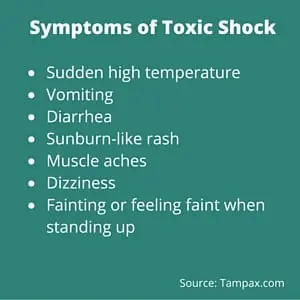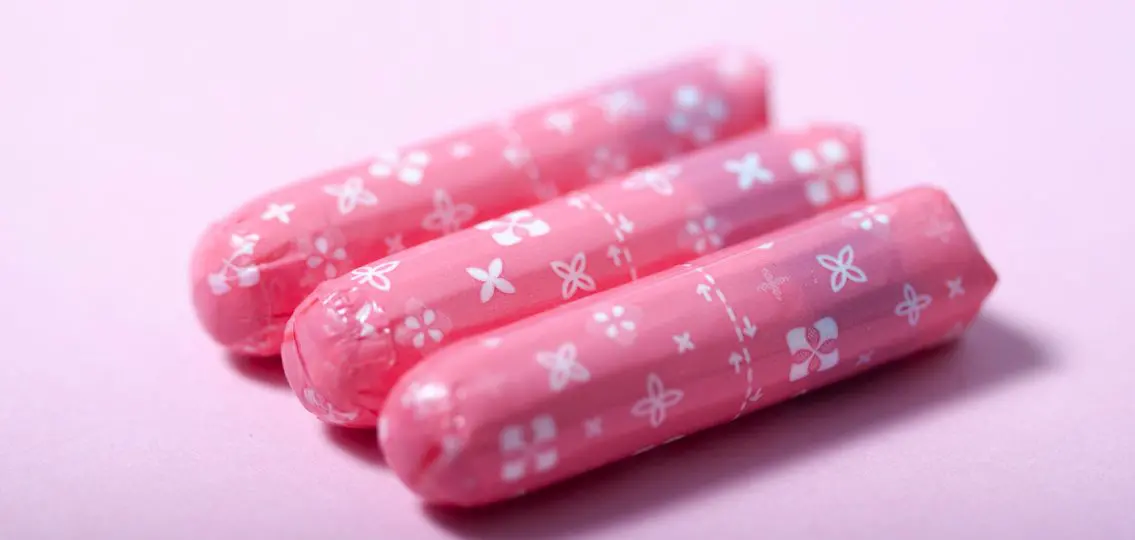Teenagers can be at a higher risk for toxic shock because they’re more likely not to have antibodies for the bacteria that causes it.

If you’re a mom of a certain age, then chances are you remember when young women were getting toxic shock syndrome — a sudden, life-threatening condition — from tampons.
But that no longer happens, right?
Unfortunately, it still does. Though toxic shock syndrome from tampon use has become rare, using tampons improperly can still lead to the condition … a fact that we need to share with our daughters, says Dr. Daliya Khuon, an infectious disease specialist with Spectrum Health Helen DeVos Children’s Hospital.
“The incidence has decreased dramatically to about one in 100,000 menstruating age females,” says Khuon. “But we won’t ever entirely cure it, so it’s important to reinforce to young girls that this is still out there.”
What is Toxic Shock?
Toxic shock syndrome is a serious illness that is typically caused by the bacteria Staphylococcus aureus. Given the right conditions, the bacteria can grow rapidly and release a toxin that, in turn, can cause toxic shock syndrome.
While anyone can get toxic shock, about half of the cases are in menstruating women.
“This is a common bacteria that lives in your vagina or elsewhere on your skin,” explains Khuon. “When you place a tampon, it allows an area for the bacteria to grow. It’s a nutrient rich area, with a rich blood supply.”
What’s more, teenagers are particularly susceptible to toxic shock because unlike older women, they are less likely to have been exposed to Staphylococcus aureus. That means they have no antibodies for — or protection against — the bacteria, explains Khuon. One percent of the population is susceptible to the bacteria.
Symptoms of Toxic Shock

“Seek medical attention right away,” stresses Khuon, adding that the condition can be treated with antibiotics in its early stages. “Just like any other infection, the bacteria can cause a massive inflammation in the body. That can cause low blood pressures that can shut organs down. This can happen rapidly within days.”
Prevent Toxic Shock with Tampon Safety
Here’s what Dr. Khuon recommends, when it comes to teaching girls how to use a tampon safely.
1. Use the lowest absorbency you can.
The higher the absorbency the tampon, the greater the risk for tampon-related toxic shock. That’s because super-absorbent tampons allow women to leave tampons in place for too long. This creates the conditions in which bacteria can grow. “You want use the lowest absorbency you can,” says Khuon.
2. Do not use tampons for more than three hours.
“Pick a tampon that you can leave in for about three hours without significant leakage,” she adds.
3. Do not use tampons at night.
For starters, overnight breaks the three-hour rule. But in the morning rush, it’s also easy to forget you’re using a tampon.
4. Limit the number of days you use tampons.
Perhaps limit them to your heaviest days or for when you’re working out or participating in sports, says Khuon. “The cumulative number of days is also important to exposure,” she adds.
5. Use good hygiene.
Wash your hands before and after inserting a tampon.





